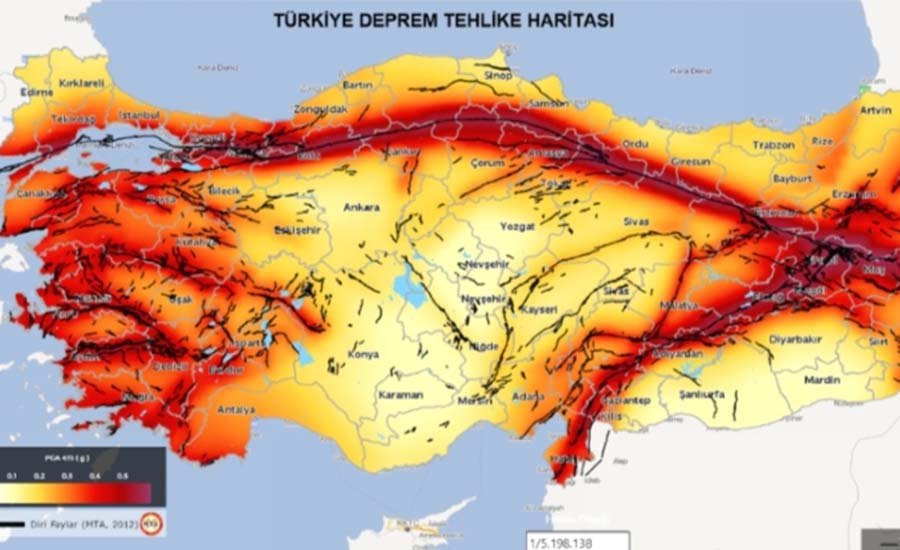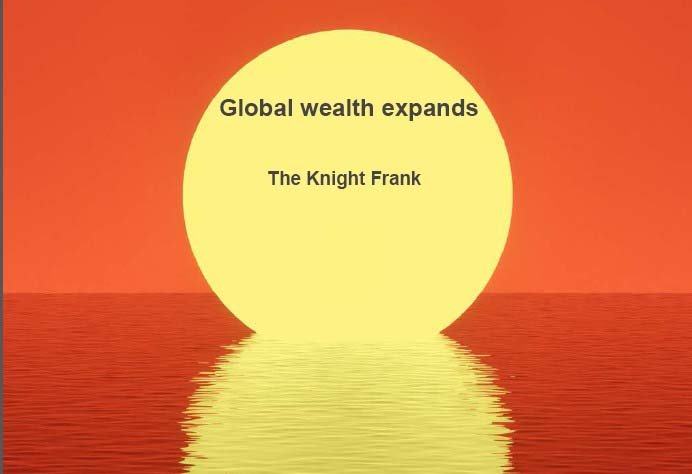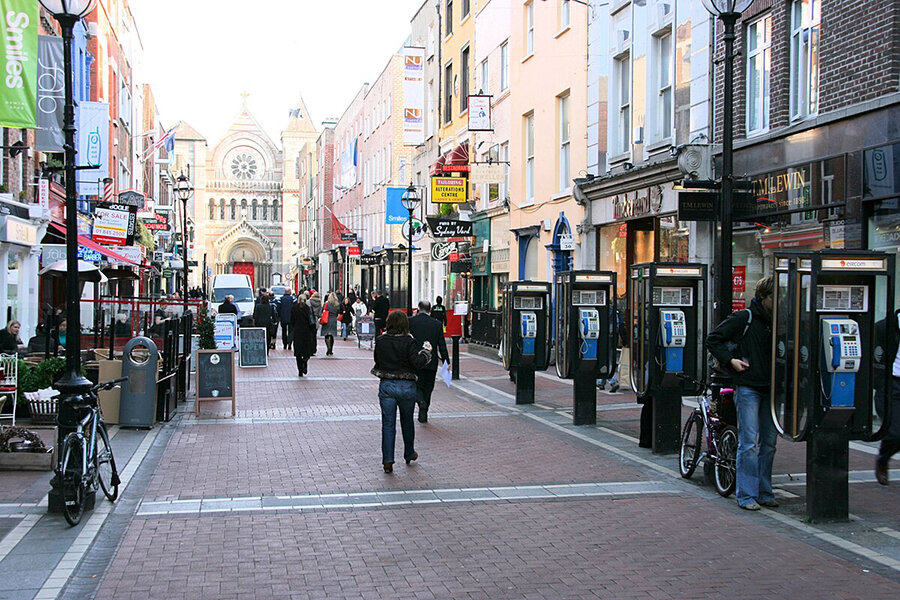читайте также
 Hotels in Vietnam: weak service and climate risks
Hotels in Vietnam: weak service and climate risks
 New housing rental rules in Greece
New housing rental rules in Greece
 Turkey at the Epicenter of Seismic Risk: 100 Earthquakes a Day
Turkey at the Epicenter of Seismic Risk: 100 Earthquakes a Day
 Global Wealth Map: The U.S. Maintains Leadership, Asia Strengthens Its Position
Global Wealth Map: The U.S. Maintains Leadership, Asia Strengthens Its Position
 Money Transfers to Georgia Increase: USA, Italy and Russia Lead
Money Transfers to Georgia Increase: USA, Italy and Russia Lead
 Londoners no longer want to buy property outside the city
Londoners no longer want to buy property outside the city
Housing Prices in Ireland See Fastest Growth Since 2022

In Q4 2024, housing prices in Ireland increased by 8.4% compared to the same period in 2023, according to a report by MyHome, in collaboration with the Bank of Ireland. The average transaction price exceeded the asking price by 9%, with one in seven homes selling at least 20% above the initial listing price.
The average mortgage amount for property purchases in Q3 2024 reached €308,200, a 7% increase year-over-year and surpassing €300,000 for the first time. In Q4, the annual inflation rate for asking prices rose by 8.4% nationwide, the highest since June 2022, when it reached 10.9%.
Annual inflation in Dublin asking prices was recorded at 5.9% by the end of 2024, while in the rest of Ireland, it accelerated to 9.8%. The average asking price for new homes nationwide dropped slightly compared to the first half of the year, from €357,000 to €365,000, with Dublin averaging €450,000.
Market Activity and Buyer Trends
In November 2024, only 17% of property transactions were concluded below the asking price. Despite a tight market, transaction activity remained at its highest levels since 2022. The average age of first-time buyers increased from 34 to 36 years. The average time required to finalize a sale was just three months in Q4, near a historical low.
Expert Insights
Report author and Bank of Ireland Chief Economist Conall MacCoille explained that prices have maintained their momentum without declining. Market demand remains robust, particularly among first-time buyers, driven by a rise in approved mortgages.
MacCoille noted "modest signs of improvement" in housing supply. During the first nine weeks of Q4 2024, 6,400 new homes were listed for sale, an 8% increase compared to the same period in 2023. Completed housing units in Q3 2024 increased by 6% year-over-year to 8,900. "The real test will begin in spring, when the volume of new listings typically rises ahead of the summer market," MacCoille added.
Housing prices are expected to remain supported by the anticipated reduction in the ECB interest rate. However, with a limited supply of homes, any initial improvements in affordability could be offset by higher bids from buyers.
Future Projections
Preliminary forecasts indicate that 42,000 housing units will be completed in 2025, rising to 45,000 in 2026. Housing prices in Ireland are projected to grow by 4% in 2025. Joanna Geary, Managing Director at MyHome, highlighted the strong demand, noting that property transactions are averaging 9% above asking prices and that annual prices are at their highest levels since mid-2022.
Ireland is estimated to need an additional 200,000 homes to match the housing-to-population ratio of the UK. Meanwhile, rising household debt and falling interest rates are expected to increase competition in the market, placing further upward pressure on housing costs.
Supply Shortages and Economic Factors
Orla McMorrow, Deputy Executive Director of DNG Group, told the Irish Times that a lack of supply remains the biggest challenge facing the market and the primary driver of price increases. Between January and September 2024, over 49,000 housing units were started, more than double the 23,923 units initiated during the same period in 2023. Preliminary data suggests that approximately 32,700 units were completed by January 2025. These figures are seen as positive indicators for overall growth in housing supply over the coming years.
Population Growth and Sustained Demand
Ireland’s population continues to grow, with the Central Statistics Office forecasting annual growth of 0.8–1.2%, reaching between 5.6 and 5.8 million by 2030. Favorable economic conditions, rising employment, and wage growth are also expected to sustain housing demand in the coming years.





